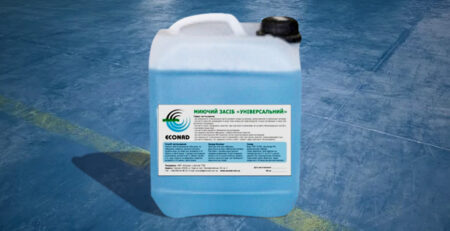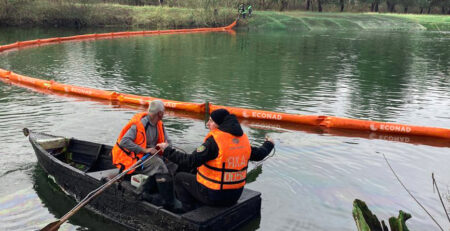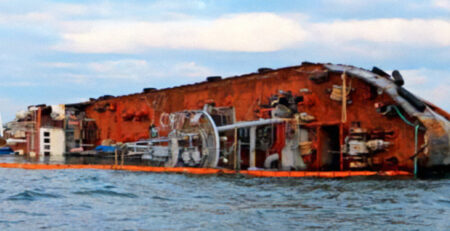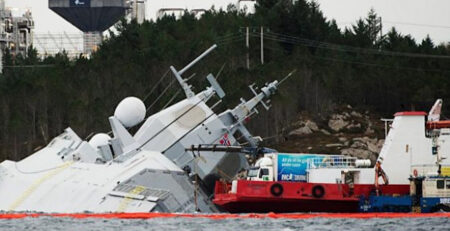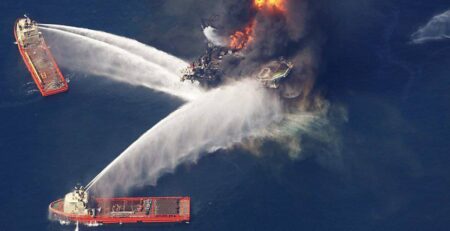Oil containment booms for all kinds of oil spills
Effective spill response is crucial in managing and mitigating the impact of oil spills on the environment. One of the most reliable and widely used tools in spill containment is the containment boom. These barriers are designed to control the spread of oil in water, making them essential for protecting coastlines, harbors, and other sensitive areas from the damaging effects of oil spills.
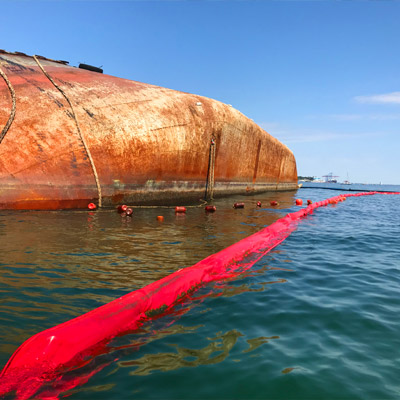
Oil containment booms work by creating a physical barrier on the water’s surface, preventing the oil from spreading further. They are especially useful in both emergency spill response and ongoing spill prevention in areas prone to oil spills. Booms are typically deployed quickly in response to a spill, allowing responders to confine the oil to a specific area, which simplifies the cleanup process and minimizes environmental damage.
One of the key features of these booms is their ability to float, which is why they are often referred to as floating booms. The floating design allows them to maintain their position on the water’s surface, even in rough conditions. This buoyancy is crucial for keeping the oil contained, as it prevents the boom from sinking and letting the oil escape. Floating booms are highly effective in a variety of environments, from calm coastal waters to more turbulent offshore locations.
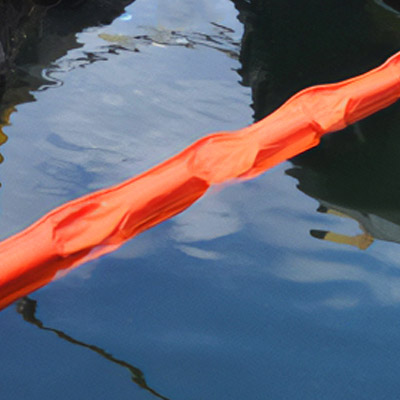
There are different types of containment booms to suit various spill scenarios. For instance, oil containment booms are specifically designed to handle oil spills, featuring materials that resist oil saturation and remain buoyant. These booms are typically constructed with durable, high-visibility materials to withstand harsh environmental conditions and ensure they are easily seen by spill response teams.
When deploying floating booms as part of a spill response strategy, it’s essential to consider factors such as water conditions, the type of oil spilled, and the potential environmental impact. Properly deployed booms can significantly reduce the spread of oil, making it easier to recover and clean up the spill. This containment strategy is often the first line of defense in an oil spill, providing a critical window of time for responders to mobilize additional resources and equipment.


